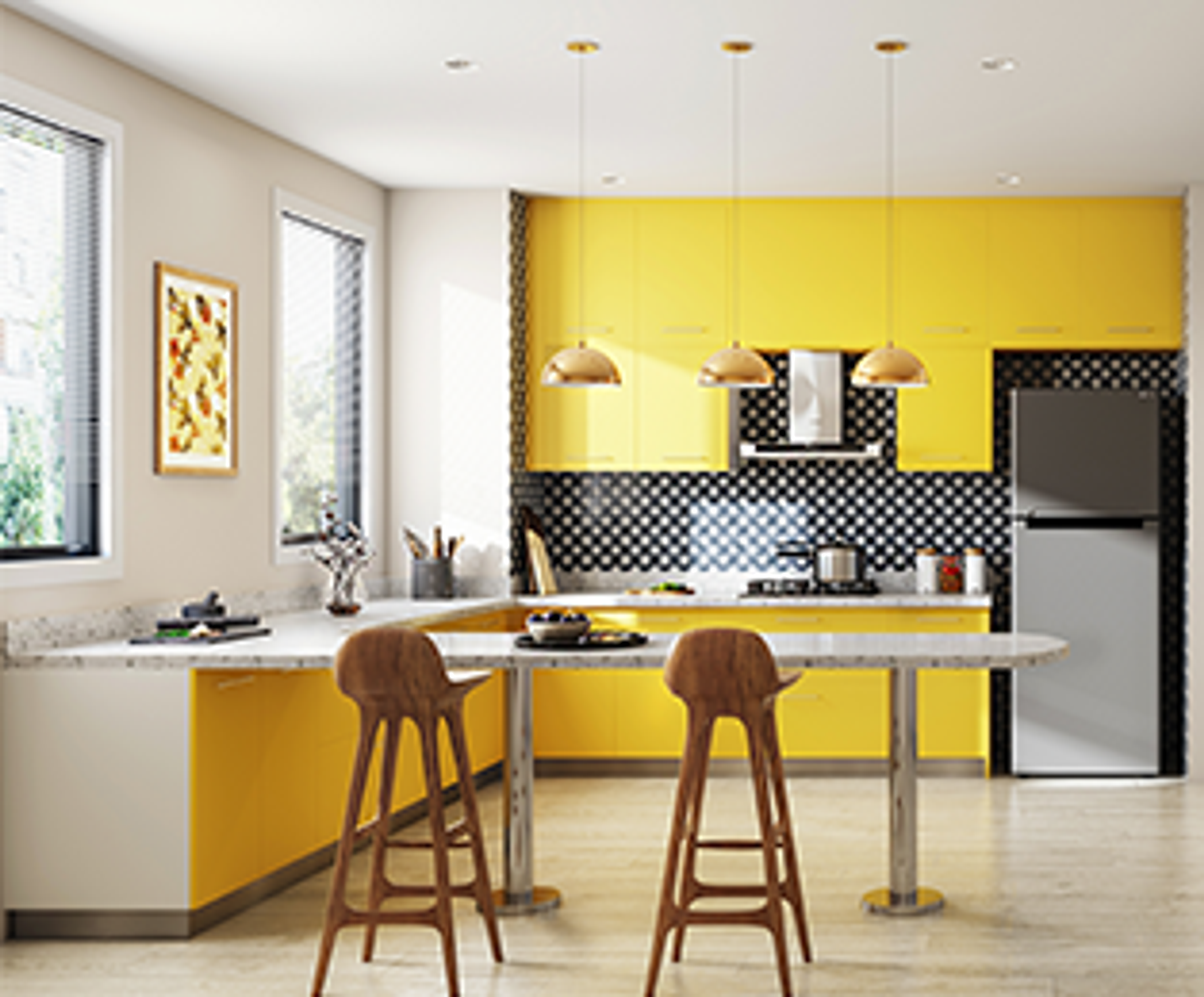Find an expert Architecture Firm for residential and commercial projects.
Find an expert Architecture Firm for residential and commercial projects.
Blog Article
Change Your Home With Crucial Principles of Interior Layout and Looks
By understanding the influence of shade theory and the relevance of structure and patterns, one can develop spaces that are not just aesthetically appealing however likewise deeply individual. Achieving this stability entails more than mere decoration; it incorporates a critical arrangement and an eager understanding of how each component connects within a space.
Recognizing Shade Concept
Comprehending the concepts of color concept allows developers to produce areas that reverberate emotionally with occupants while meeting useful requirements. Each category plays an important role in establishing consistency within a space.
The psychological influence of shades is extensive; warm hues such as reds and oranges evoke power and heat, while amazing tones like blues and environment-friendlies promote peace and peace. Furthermore, making use of corresponding shades improves aesthetic interest, creating striking contrasts that can raise an area's charm.
Neutral shades, on the various other hand, serve as a functional backdrop, allowing other style aspects to radiate. It is necessary to take into consideration variables such as lighting and the space's function when choosing a shade combination, as these can modify the assumption of colors throughout the day.
Eventually, a well-considered color pattern can transform a space, promoting a sense of comfort and style that lines up with the residents' choices. Proficiency of color theory is, consequently, a crucial ability for any interior designer aiming to create unified and inviting environments.
Accomplishing Balance in Style
Just how can designers attain a feeling of equilibrium in their spaces? Attaining balance in layout is fundamental to developing unified insides. Designers can utilize 3 primary kinds of balance: symmetrical, asymmetrical, and radial. Balanced equilibrium involves organizing components uniformly around a main factor, cultivating a sense of order and harmony. This kind usually includes sets of furniture or art work, enhancing visual stability.
Asymmetrical equilibrium, on the other hand, counts on varying aspects that still achieve a natural appearance. This strategy enables more vibrant and informal arrangements, giving passion while preserving stability. By meticulously picking differing dimensions, shades, and textures, developers can develop a visually engaging room that really feels balanced yet energised.
Radial balance emphasizes a central focal factor with aspects emitting outside. This style is typically seen in circular formats, where furniture and decoration develop a natural surround that draws the eye inward.
Ultimately, achieving equilibrium needs thoughtful factor to consider of range, percentage, and the relationships in between aspects. luxury interior design. By skillfully applying these balance concepts, developers can change spaces into atmospheres that feel both visually pleasing and functionally harmonious, improving the general experience for occupants
Importance of Spatial Understanding

A keen sense of spatial understanding permits designers to determine focal factors within an area, leading the viewer's attention to essential functions while maintaining an overall sense of unity. It likewise helps miami interior design in the calculated positioning of illumination, which can considerably affect the understanding of space and mood. Recognizing spatial partnerships enables the designer to provide to the details demands of occupants, making sure that each area offers its desired objective without jeopardizing looks.
Eventually, spatial awareness is crucial for taking full advantage of the possibility of any type of interior room. By very carefully thinking about the interplay in between dimensions, design, and function, developers can produce environments that not just meet sensible needs yet also stimulate a sense of convenience and appeal, enhancing the general living experience.
Including Structure and Patterns
Welcoming a diverse variety of structures and patterns can considerably boost the visual and responsive allure of an interior room. The calculated use different products-- such as wood, steel, fabric, and rock-- creates deepness and passion, making an area feel extra inviting and vibrant. For example, combining smooth surfaces with harsh structures can establish a balance that attracts the eye and involves the senses.
When integrating patterns, consider both scale and rep. Large patterns can function as focal factors, while smaller sized, subtle styles can complement various other aspects without frustrating the space. Layering patterns, such as pairing flower pillows with candy striped tosses, adds complexity and a sense of consistency if implemented attentively.
It is likewise essential to preserve a cohesive shade combination, making sure that appearances and patterns interact rather than compete for attention. By picking a couple of vital appearances and patterns, you can produce an unified aesthetic that mirrors your individual style while improving the overall ambiance of the area. Inevitably, the mindful consolidation of these aspects can transform an ordinary area into a sophisticated environment abundant with personality and warmth.
Personalizing Your Room
Producing a space that shows your character is important to achieving an absolutely inviting i was reading this environment. Customization in interior design permits you to infuse your distinct style and interests right into your home, transforming it from a plain sanctuary into a refuge that speaks to that you are. Begin by choosing a color combination that resonates with your feelings-- bold tones can stimulate, while soft tones offer harmony.
Incorporate art work and decor that mirror your passions, whether it be traveling, nature, or abstract concepts. Presenting personal collections, such as publications, photographs, or keepsakes, can evoke treasured memories and create centerpieces within a room. Furthermore, think about tailoring functional items, like upholstered furnishings, to align with your visual choices.

Conclusion
Finally, the makeover of a home through the necessary principles of indoor layout and looks demands a comprehensive understanding of color concept, equilibrium, spatial awareness, structure, and customization. Each component adds considerably to producing an unified and useful living setting - miami interior design. By thoughtfully integrating these principles, individuals can improve the visual charm and emotional resonance of their areas, inevitably cultivating a home that mirrors one-of-a-kind identities while providing comfort and usefulness
Report this page